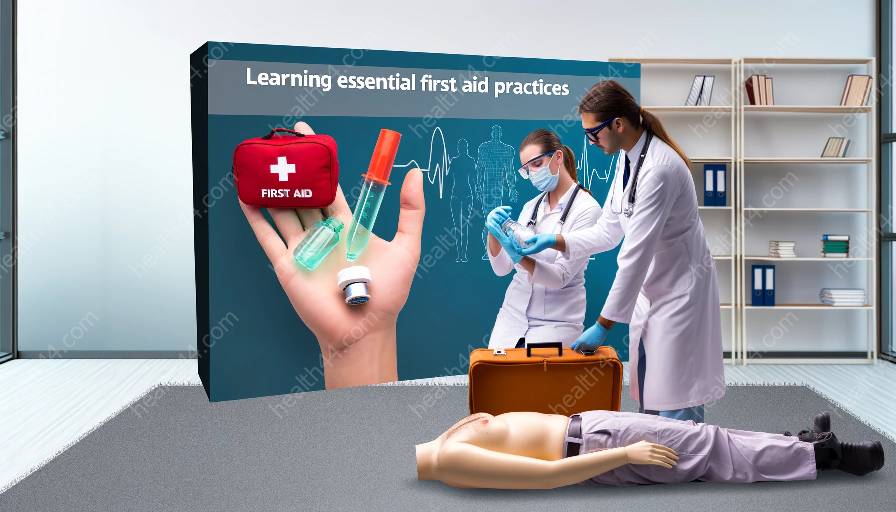Choking emergencies can be life-threatening situations that require prompt and effective action. It is crucial for individuals to be equipped with the knowledge and skills to respond to such emergencies in a timely manner. In this comprehensive guide, we will delve into the topic of choking emergencies, exploring the causes, symptoms, risk factors, and most importantly, the steps to take in providing first aid and medical training for these situations.
Understanding Choking Emergencies
Choking occurs when an object becomes lodged in the throat, blocking the airway and preventing normal breathing. This can lead to severe respiratory distress and, if not addressed promptly, it can result in devastating consequences, including asphyxiation and death.
Causes and Risk Factors
Choking emergencies can occur in a variety of situations, including while eating, playing, or engaging in physical activities. Common causes of choking include swallowing large pieces of food, improper ingestion of foreign objects, or sudden inhalation of small items. Children, the elderly, and individuals with certain medical conditions are at a higher risk of experiencing choking incidents.
Recognizing Choking Symptoms
Signs of choking may include coughing, difficulty breathing, cyanosis (bluish discoloration of the skin), and an inability to speak. It's essential to act quickly when these symptoms are observed, as the situation can escalate rapidly.
First Aid for Choking Emergencies
When faced with a choking emergency, the primary goal is to clear the airway and restore normal breathing. The following steps outline the appropriate response:
- Assess the Situation: Quickly determine if the individual is experiencing a partial or complete airway obstruction.
- Encourage Coughing: If the person is coughing forcefully, encourage them to continue coughing as it may help dislodge the obstructing object.
- Perform the Heimlich Maneuver: For individuals who are conscious and unable to cough, perform abdominal thrusts to dislodge the object blocking the airway. It is essential to be trained in this technique to ensure it is performed correctly.
- Provide Assistance: If the person becomes unconscious, begin CPR immediately and be prepared to provide rescue breaths and chest compressions.
Medical Training and Choking Emergencies
Medical professionals and individuals trained in first aid should be proficient in responding to choking emergencies. Proper medical training equips individuals with the necessary skills to assess and address choking incidents effectively.
Importance of Health Education
Education and awareness play a vital role in preventing choking emergencies. It's essential to disseminate information about safe eating practices, the potential hazards of small objects, and the importance of supervision, especially for young children and older adults.
Conclusion
Choking emergencies can occur suddenly and have potentially serious consequences. Being well-informed and trained in first aid and medical response is essential for effectively addressing these situations and, ultimately, saving lives. Through health education and medical training, individuals can be better prepared to recognize and respond to choking emergencies, thereby reducing the risks associated with such incidents.



